Birth name Frederick Earl Long Role Singer | Name Shorty Long | |
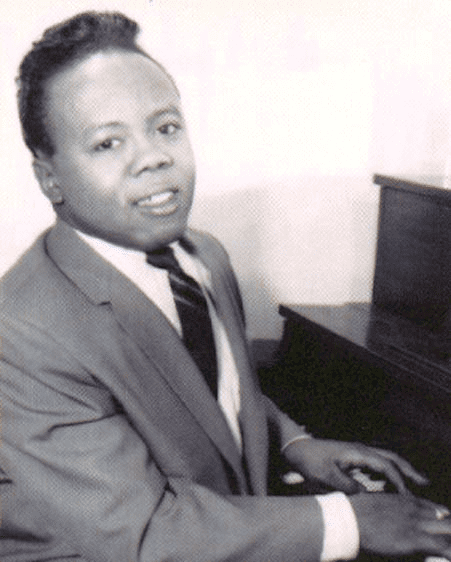 | ||
Born May 20, 1940Birmingham, Alabama, U.S. ( 1940-05-20 ) Instruments Vocals, piano, organ, drums, harmonica, and trumpet Albums Essential Collection, American Novelty Genres Rhythm and blues, Soul music Similar People Eddie Holland, William "Mickey" Stevenson, King Curtis, Bill Withers, Alan Gilbert | ||
Shorty long devil with the blue dress on 1964 35001
Frederick Earl "Shorty" Long (May 20, 1940 – June 29, 1969) was an American soul singer, songwriter, musician, and record producer for Motown's Soul Records imprint. He was inducted into the Alabama Jazz Hall of Fame in 1980.
Contents
- Shorty long devil with the blue dress on 1964 35001
- Shorty long function at the junction
- Career
- Death
- Albums
- Singles
- References
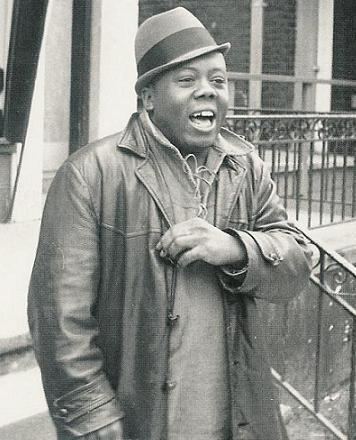
Shorty long function at the junction
Career
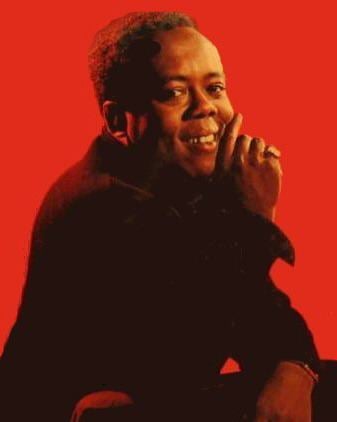
Born in Birmingham, Alabama, Long came to Motown in 1963 from the Tri-Phi/Harvey label, owned by Berry Gordy's sister, Gwen, and her husband, Harvey Fuqua. His first release, "Devil with the Blue Dress On" (1964), written with William "Mickey" Stevenson, was the first recording issued on Motown's Soul label, a subsidiary designed for more blues-based artists such as Long. While this song never charted nationally, the song was covered and made a hit in 1966 by Mitch Ryder and the Detroit Wheels. Long's 1966 single "Function at the Junction" was his first popular hit, reaching #42 on the national R&B charts. Other single releases included "It's a Crying Shame" (1964), "Chantilly Lace" (1967), and "Night Fo' Last" (1968).
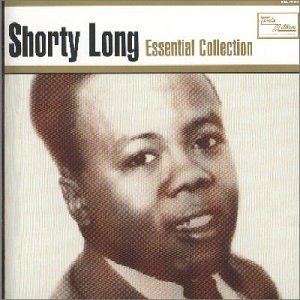
Long's biggest hit was "Here Comes the Judge" which in July 1968 reached number four on the R&B charts and number eight on the Billboard Hot 100. The song was inspired by a comic act on Rowan and Martin's Laugh-In about a judge by Pigmeat Markham, whose own "Here Comes the Judge" – a similar song with different lyrics – charted three weeks after Long's, also in July 1968, and reached number 19 on Billboard. Long's 1969 singles included "I Had a Dream" and "A Whiter Shade of Pale". He released one album during his lifetime, Here Comes the Judge (1968).
Long played many instruments, including piano, organ, drums, harmonica, and trumpet. He acted as an MC for many of the Motortown Revue shows and tours, and co-wrote several of his tunes ("Devil with the Blue Dress On", "Function at the Junction", and "Here Comes the Judge"). Long was the only Motown artist besides Smokey Robinson who was allowed to produce his own recordings in the 1960s. Marvin Gaye, in David Ritz's biography Divided Soul: The Life & Times of Marvin Gaye, described Shorty Long as "this beautiful cat who had two hits, and then got ignored by Motown." Gaye claimed he "fought for guys like Shorty" while at Motown, since no one ever pushed for these artists. When Holland-Dozier-Holland came to Gaye with a tune, he stated, "Why are you going to produce me? Why don't you produce Shorty Long?"
Death
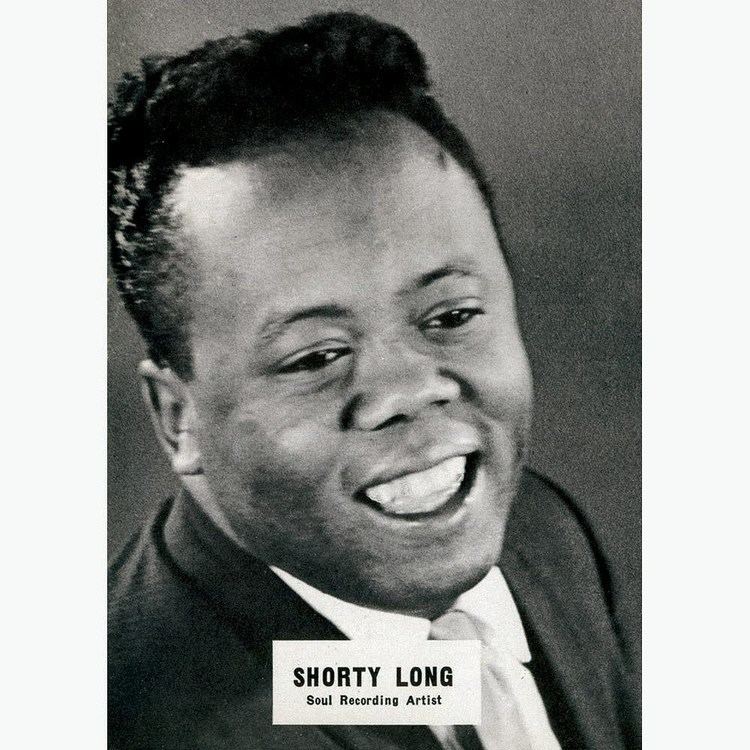
On June 29, 1969, Long and a friend drowned when their boat crashed on the Detroit River in Michigan. Stevie Wonder played the harmonica at his burial, and placed it on his casket afterwards. Writer Roger Green's epitaph stated: "So there endeth the career of a man who sang what he wanted to sing – everything from the blues to romantic ballads, from wild and crazy numbers to a utopian vision of Heaven on Earth. Short in stature but big in talent, he entertained and amazed us, and finally he inspired us."
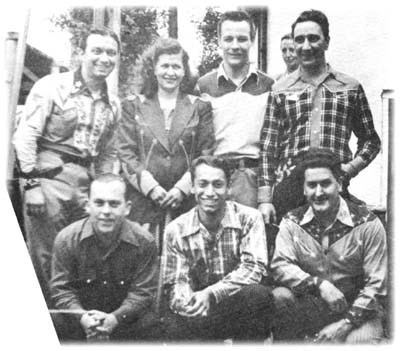
Motown released Long's final album, The Prime of Shorty Long, shortly after his death.
